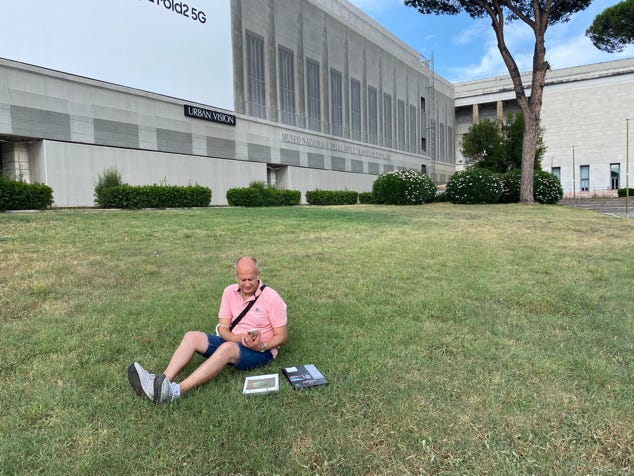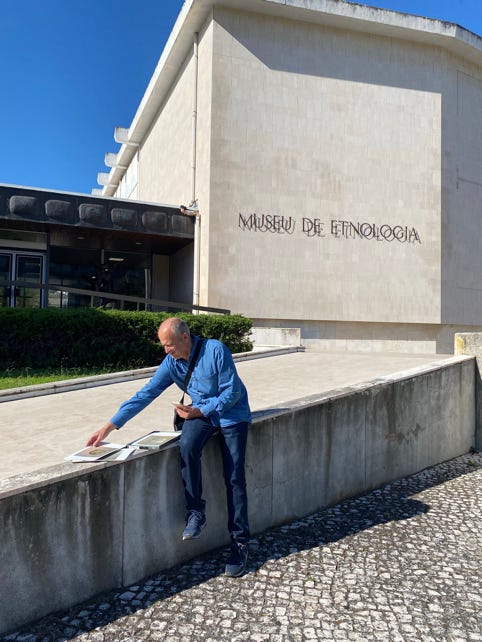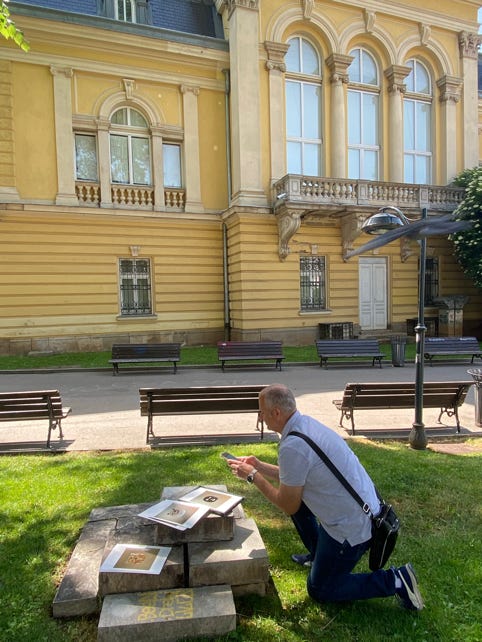
V”ZMASCA" is the uncertain etymology of the word mask, and the root refers to something ghostly, black, sooty that settles on the face, and covers it.
The definition of a mask as an object, could be reduced to "fake face”, of different materials, with a human or animal appearance, with an opening for the eyes, nose and mouth", but its multiple purposes leave room for wider and complex interpretations.
Its history is older than all the stories in the world and precedes that of writing, which is why it occupies a place of honor in anthropology studies and museums: the mask speaks of man, even before man spoke .
It is also thanks to the masks that eras and civilizations have been deciphered and distinguished.
The "MASCA" project was born from the idea of projecting into the future what posterity will find about the masks of our time in museums.
A time strongly marked on appearance, aesthetics and beauty, not intended as a value, but as an expression of precise standards of approval.
In line with this thought, the masks of our time could only be cosmetic face masks: masks that for the first time in history are born to be used in intimacy, but which will produce their effects in public, a stage on which it is necessary to show oneself "according to the pre-established order", reciting a "new comedy".
And when the mask is not material, wearing it is a metaphor for altering reality, for cheating, for fiction.
Here the “Masca” project is enriched with this aspect as well.
Authors, taking advantage of a mini-performance, go near important ethnographic, ethnological and anthropology museums, and photograph the prints of the photographs of "Masca" using a smartphone capable of geolocalizing the shots, which at this point will be shared in network, by Google Maps, on the museum site itself.
Following this operation, Google Maps will combine the photos of “Masca” with the photos of the finds actually present in the museum, without distinction.
Multiple web users, looking for these types of museums, scattered all over the world, will be able to admire part of the project, in a sort of permanent exhibition.
With this trick, the authors appropriate a virtual exhibition space, where fiction and reality are on the same level, as well as the traces of the civilizations on display.

